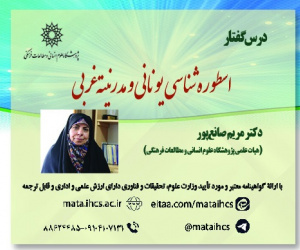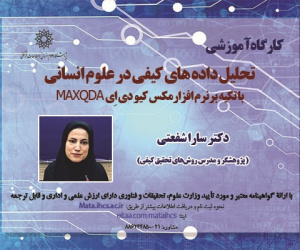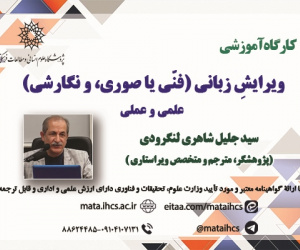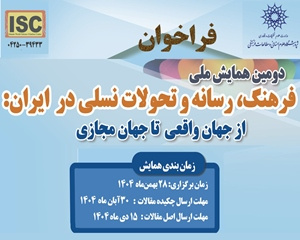کالایی شدن دین؛ مطالعه فرآیند تقدس گرایی تا کالایی شدن محصولات منتسب به آستان قدس رضوی
آرشیو
چکیده
هدف: هدف این پژوهش بررسی فرآیند کالایی شدن اشیایی است که به طور ذاتی تجاری نیستند و در ابتدا دارای ارزش معنوی و ارتباطی با امر مقدس هستند. این پژوهش به ویژه به مطالعه فروش محصولات متبرک آستان قدس رضوی در اینستاگرام می پردازد تا مشخص کند چگونه این اشیاء در بازار مصرف عرضه می شوند و با آن ها به عنوان کالا برخورد می شود.روش شناسی پژوهش : در این تحقیق از روش تحلیل محتوای کیفی استفاده شده است. داده ها از صفحات فروش محصولات متبرک آستان قدس رضوی در اینستاگرام جمع آوری و تحلیل شده اند تا فرآیند کالایی شدن این اشیاء بررسی شود.یافته ها: نتایج تحلیل محتوای کیفی نشان داد که فرآیند کالایی شدن در مورد محصولات متبرک آستان قدس رضوی طی شده است. این یافته ها نشان می دهند که این اشیاء با پذیرش ساختار بازار، به کالاهایی تبدیل شده اند که می توانند هویت آفرینی کنند، ارتباط معنوی با افراد برقرار کنند، تجربه های گذشته را بازتداعی کنند، نشانه وفاداری باشند و برای افراد ارزش مندی ایجاد کنند.بحث و نتیجه گیری: پژوهش حاضر نشان می دهد که اشیاء متبرک با ارزش معنوی در فرآیند کالایی شدن می توانند به کالاهای بازاری تبدیل شوند که علاوه بر ارزش اقتصادی، دارای ابعاد مختلف هویتی و معنوی نیز هستند. این نتایج می تواند به درک بهتر تعامل دین و بازار مصرف کمک کند و چالش های نظری و عملی مرتبط با آن را روشن سازد.The Commodification of Religion: A Study of the Process from Sanctification to the Commodification of Products Associated with the Holy Shrine of Imam Reza
Objective: The aim of this study is to examine the process of commodification of objects that are not inherently commercial and initially have spiritual value and a connection to the sacred. This research particularly focuses on the sale of blessed products of the Astan Quds Razavi on Instagram to determine how these objects are offered in the consumer market and treated as commodities.Research Methodology: This research employs qualitative content analysis. Data was collected from the sales pages of blessed products of the Astan Quds Razavi on Instagram and analyzed to examine the commodification process of these objects.Findings: The results of qualitative content analysis showed that the process of commodification has occurred for the blessed products of the Astan Quds Razavi. These findings indicate that these objects, by accepting the market structure, have become commodities that can create identity, establish spiritual connection with individuals, evoke past experiences, serve as a sign of loyalty, and create value for people.Discussion and Conclusion: The present study shows that blessed objects with spiritual value can be transformed into market commodities in the process of commodification, which in addition to economic value, also have various identity and spiritual dimensions. These results can contribute to a better understanding of the interaction between religion and the consumer market and clarify the related theoretical and practical challenges.








